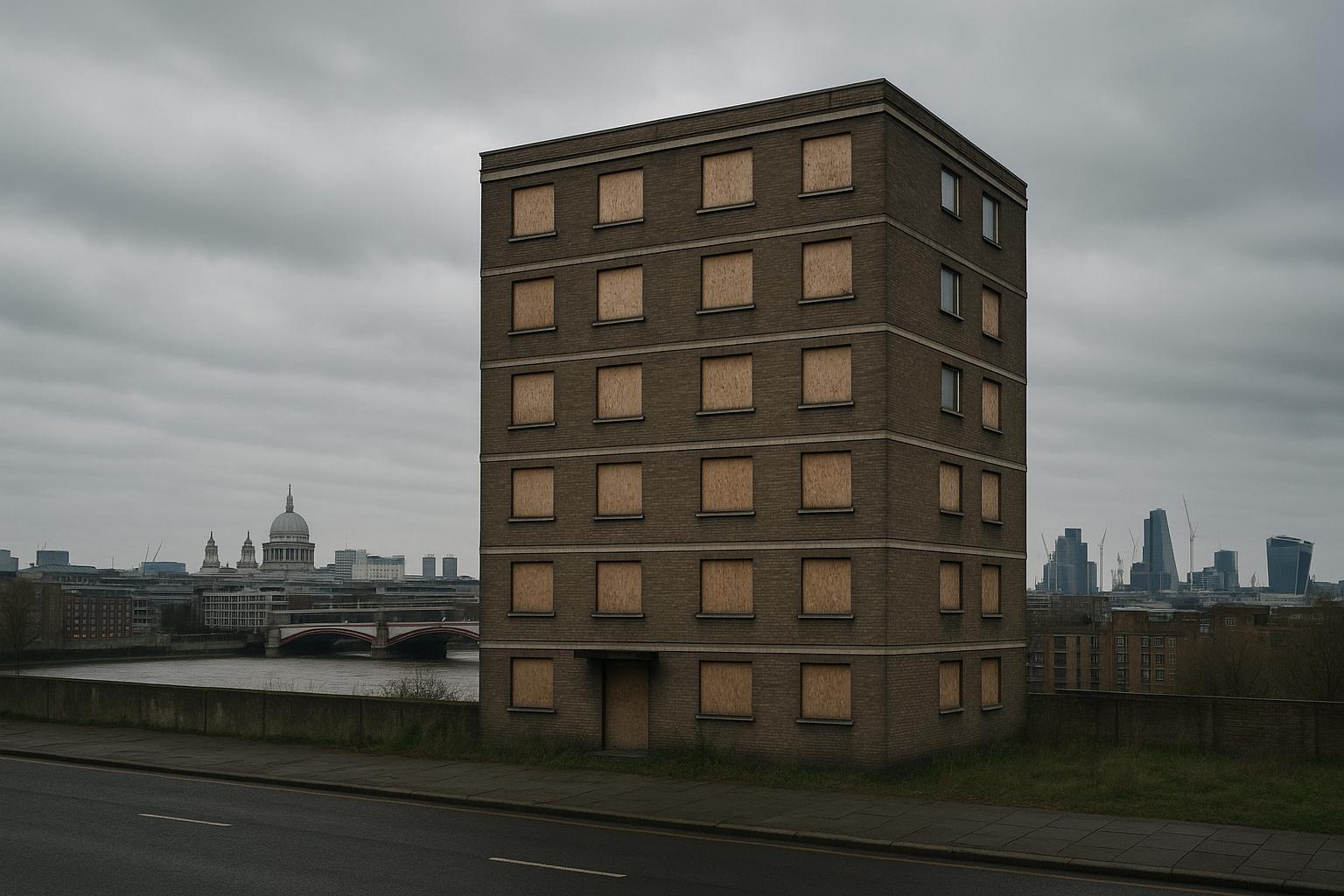London tenants are now benefiting from a notable fall in rents, with recent data showing they are paying approximately £179 less per month compared to October 2024. According to estate agent Hamptons, the average monthly rent for new lets in inner London dropped to £2,752 in August 2025, marking a 5.8 per cent decrease year-on-year—the steepest decline since May 2021. Outer London rents also declined, albeit more modestly, with new lets averaging £2,311 per month, down 0.6 per cent over the same period. Nationally, rents fell by a lesser 0.4 per cent. This shift is contrasting with previous trends of rapid rental growth, reflecting a changing market characterised by softer demand and stretched tenant affordability. Aneisha Beveridge, head of research at Hamptons, noted that after years of increases, the rental market is finally adjusting to more challenging economic conditions and weaker tenant demand.
The downward pressure on rents in London comes amid a backdrop of significant landlord activity, with many reportedly attempting to sell their properties ahead of the Renters' Rights Bill, which is expected to become law in early 2026. This legislation introduces tighter restrictions on landlords' ability to evict tenants and raise rents, sparking concerns among landlords. However, many sellers are struggling to find buyers. Marc von Grundherr, director of Benham and Reeves estate agents, described the current London housing market as subdued, where landlords keen to exit are “dipping a toe” but often find the market unwelcoming. When sales prove challenging or offers remain low, landlords tend to hold onto their properties and continue renting them out to maintain income until market conditions improve.
This reluctance to sell is echoed by industry voices such as Sam Humphries from Dwelly, who advises landlords to hold off sales where possible due to an imbalance of high supply but limited buyer demand, leading to price cuts and longer sales processes. Such market dynamics result in a dilemma: landlords must choose between accepting lower sale prices now or continuing to rent out properties under the new regulatory regime, maintaining steady rental income while waiting for better sales conditions.
Landlord decisions to remain active in the rental market coincide with a modest increase in rental housing supply and declining tenant registrations. Data from Foxtons highlights an 11 per cent rise in available rental properties in London year-to-date versus 2024, alongside a 7 per cent drop in tenant interest. This softened demand may be attributed to various factors, including tenants choosing to stay put to avoid the costs of moving and some landlords permanently exiting the market. The extra supply and weaker demand reinforce the pressure on landlords to offer more competitive rents, aligning with the ongoing falls observed in average rents.
Outside London, the rental landscape differs somewhat. Earlier in 2025, Rightmove reported a historic moment with average private rents dropping for the first time since before the pandemic, declining slightly by 0.2 per cent to £1,341 per month in the final quarter of 2024. This contrasts with London rents, which in early 2025 continued to record modest increases—though more recent data indicates this growth has now reversed. The government has acknowledged the broader housing shortage, which has contributed to earlier rent hikes and house price rises, and is considering easing planning restrictions to stimulate new construction and potentially increase housing supply.
Despite these trends, other reports highlight ongoing challenges in London's rental sector. The Evening Standard recently pointed to a significant reduction in the total number of private rental homes in London, reporting a 6 per cent decrease from 1.14 million to 1.07 million properties between 2023 and 2024. This contraction in supply has historically contributed to rent rises and reduced options for tenants, particularly those on lower incomes. The National Residential Landlords Association (NRLA) has called for policy changes to encourage landlords to bring long-term empty homes back into the rental market, including scrapping certain stamp duty surcharges and reforming eviction processes to ensure efficiency and fairness following the abolition of no-fault repossession powers.
In prime areas of London, landlords face additional selling difficulties. Knight Frank reported that average prices in prime central London fell by 2.5 per cent over the year to June 2025, reflecting both political uncertainty and increased regulatory burdens. Higher supply levels and competition among landlords looking to sell have intensified pressure on prices, leaving some owners caught between the desire to sell and the need to retain properties for rental income.
Overall, the rental market in London is navigating a period of significant transition. While tenants are benefiting from easing rents, landlords are adjusting to a less favourable sales environment and increased regulatory constraints set to come into force. This evolving dynamic is reshaping the capital’s housing landscape, with supply and demand balancing in new ways as both tenants and landlords respond to changing economic and legislative conditions.
📌 Reference Map:
- Paragraph 1 – [1], [5]
- Paragraph 2 – [1], [6]
- Paragraph 3 – [1], [6]
- Paragraph 4 – [1], [5]
- Paragraph 5 – [2], [3]
- Paragraph 6 – [4]
- Paragraph 7 – [6], [1]
Source: Noah Wire Services
